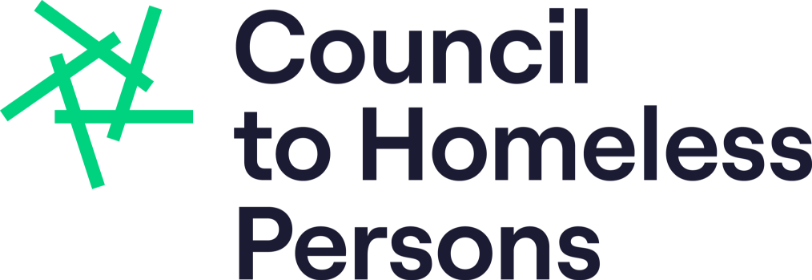International Tenants’ Day: How Victoria can better support tenants
28.09.22
On 3 October 2022, International Tenants’ Day, individuals and organisations across the world are united in their fight against housing exclusion and homelessness. Council to Homeless Persons is marking the day by discussing the housing needs of renters in Victoria, including what can be done to ensure all Victorians can enjoy access to one of our most basic needs: safe and affordable housing.
Tenants and housing in Victoria
Tenants in Victoria are highly vulnerable to changes in the housing market. Renters in the private housing market are subject to rent price increases, evictions, rental discrimination and increasing competition for affordable properties.
People on low income are particularly vulnerable to these issues, where a small fluctuation in rental prices – or in individual income levels (such as a relationship breakdown or health complications) – can quickly result in housing stress and homelessness.
In such circumstances, social housing is designed as a safety net to support renters who are unable to maintain or attain housing on the private market. Victoria’s Big Housing Build will go some way to inject much-needed social housing properties into the market. Still, in our state, social housing has been subject to decades of under-investment, resulting in a severe shortage of social housing.
High rent prices, low availability
In the past year, private sector rents in Melbourne have increased 7.5 per cent in Melbourne and even higher in regional areas of Victoria. Vacancy rates have plummeted down to 1.5 per cent in Melbourne and below one percent in the regions.
Social housing is generally unavailable, with an average wait of 13.9 months even for those on the highest priority lists – many of whom are women and children fleeing family and domestic violence. In the past year, long-term and low-cost housing was provided to only four per cent of those who needed it.
The cost of Victoria’s lack of housing
Without housing, other issues in people’s lives can escalate. This doesn’t just cause enormous harm to the individual, but it also comes with significant costs to government through increased demand for mental and physical health services, child protection and justice services.
The social and economic cost of Victoria’s lack of housing is estimated to be $141.2 million per year, which is set to increase to $263.7 million by 2036.
What can be done?
1. Build social housing
Victoria’s Big Housing Build is helping to add much-needed new properties to social housing stock in our state. But even with an additional 9,300 new properties, Victoria will still have far less social housing proportionally than other Australian states and territories – and far less than is needed to meet demand.
To deliver the housing that Victoria needs and to release the pressure valve in the housing market, the Victorian Government must build 6,000 homes per year for ten years.
This can be achieved by both extending the Big Housing Build and by implementing mandatory inclusion zoning to ensure that a share of all new housing developments in Victoria must be social housing.
2. Choice-based letting
In Victoria, when a person is offered social housing, they are given very limited choices. If an applicant declines two offers of housing, they are removed from the priority list and face years of waiting for another offer.
As a result, people are obliged to accept a home that doesn’t meet their needs, which can lead to complications or unplanned exits later down the line.
In contrast, by adopting a choice-based letting approach, tenants would be given choice and control over where they live, thereby improving the likelihood of positive housing outcomes.
Choice-based letting would also see “hard to let” properties filled more quickly by applicants who prioritise rapid access to housing over the amenities of a home.
3. Case management for at-risk tenancies
Social housing is intended to provide people with long-term stable housing. But 27 per cent of social housing tenancies end in their first year. In 2019, social housing landlords initiated over 3,700 evictions at VCAT.
While there are programs to support tenants facing eviction, the number of people or need support far outweighs demand, resulting in long wait lists and a lack of available support.
Without services to help prevent an eviction or unplanned exit from social housing, vulnerable tenants often cycle back into rough sleeping, rooming houses and homelessness services.
An expansion of social housing tenancy supports, such as Victoria’s successful Tenancy Plus program, would ensure that all tenants can receive help in a timely manner, and in-turn be supported to sustain their tenancies.
This International Tenants’ Day, you can show your support by reading up on the issues faced by tenants in Victoria and sharing resources with your network. If you are posting on social media, use the hashtag #InternationalTenantsDay.
Learn more about the recommended actions to the Victorian government with Council to Homeless Persons’ report, A plan to end homelessness in Victoria.
Learn more about issues facing tenants in Victoria at Tenants Victoria.
Learn more about International Tenants’ Day at the International Union of Tenants website.

